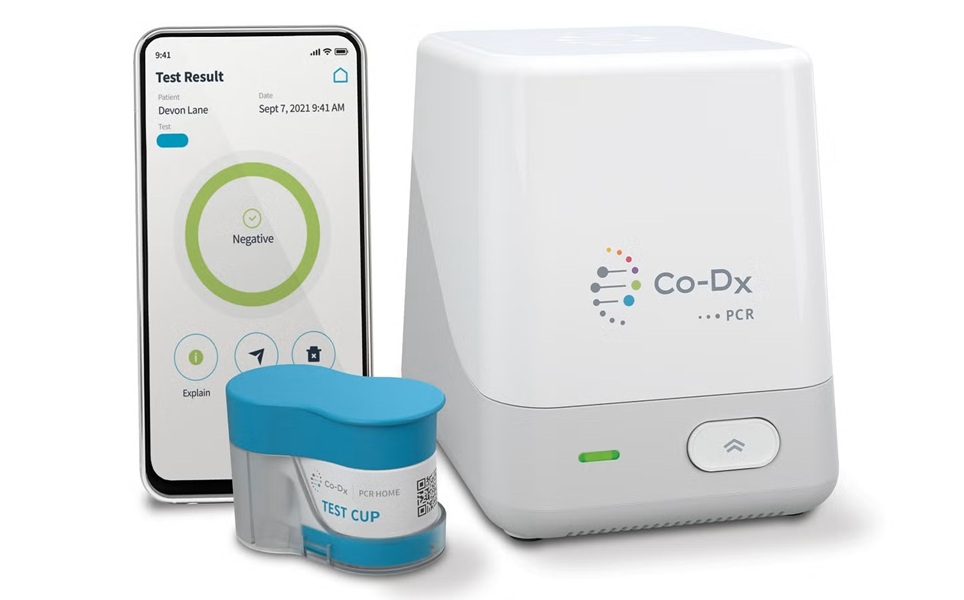WHO Releases Updated Guidance on Tuberculosis Diagnosis
Posted on 14 Aug 2025
Tuberculosis remains a major global health challenge, with timely detection critical to preventing disease spread and improving treatment outcomes. Many countries face difficulties in diagnosing TB infection, disease, and drug resistance quickly and accurately, especially in high-burden settings. Now, a newly updated operational handbook provides detailed, evidence-based guidance to help strengthen detection and implementation of modern diagnostic strategies.
The World Health Organization (WHO, Geneva, Switzerland) has released the updated WHO Operational Handbook on Tuberculosis: Module 3 – Diagnosis to accompany its consolidated guidelines on TB. The handbook offers laboratory personnel, clinicians, ministries of health, and technical partners practical instructions for implementing WHO-recommended tests. It also outlines operational considerations, revised diagnostic algorithms, and step-by-step processes for scaling up new testing strategies.

Compared to the 2024 edition, the update consolidates implementation guidance on TB infection, disease, and drug resistance into a single reference. It introduces policy statements on new interferon gamma release assays (IGRAs) for TB infection detection and targeted next-generation sequencing for drug-resistant TB. It also updates pooled diagnostic accuracy estimates for low-complexity nucleic acid amplification tests.
The revised handbook provides new algorithms and guidance for interpreting discordant results, reflecting recent recommendations on concurrent testing of respiratory and non-respiratory samples. This applies to adults and adolescents with HIV, as well as children with or without HIV or with unknown HIV status. A new figure helps guide the use of drug susceptibility results to select appropriate treatment regimens.
By combining updated evidence with practical implementation advice, the handbook aims to help countries expand access to accurate TB diagnosis. Its comprehensive approach addresses diagnostic gaps across patient populations, supporting better prevention and timely treatment initiation.
"The diagnostic options for people with TB infection and disease are increasing thanks to manufacturer engagement and research, generating new evidence," said Dr Tereza Kasaeva, Director, WHO Department for HIV, TB, Hepatitis and STIs. “Ensuring equitable access to fast and accurate diagnosis for all who need it is essential, to strengthen prevention and drive us closer to the goal of ending TB.”














